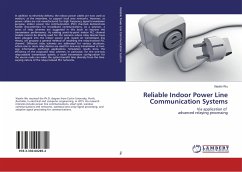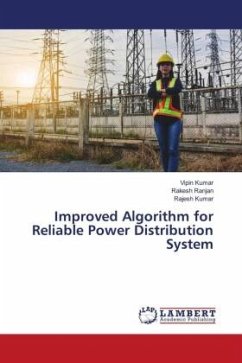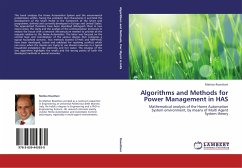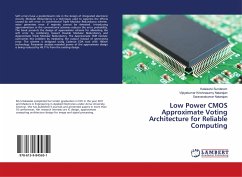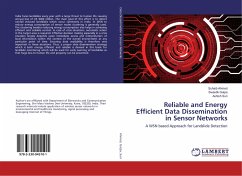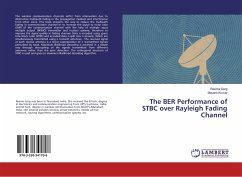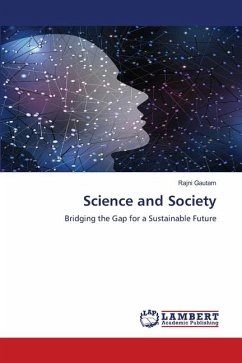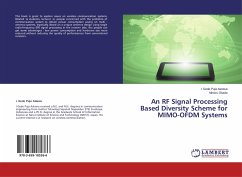In addition to electricity delivery, the indoor power cables are now used as medium, at the meantime, to support local area networks. However, as power cables are not manufactured for high frequency signal transmission purpose, indoor power line communication (PLC) channels demonstrate hostile characteristics for broadband communications. As a solution, a series of relay schemes are suggested in this book to improve the transmission performance. As existing point-to-point indoor PLC channel models cannot be directly used for the scenario where relay devices have been plugged into the indoor power grid, based on transmission line theory, we propose a general method of modeling the relay-involved PLC channel. Different relay schemes are addressed for various situations, where one or more relay devices are used for one-way transmission or two-way information exchange applications. Simulation results show the efficiency of the proposed relay schemes. In particular, for the one-way relay-assisted transmission system, a novel transmission configuration for the source node can make the system benefit time diversity from the time-varying nature of the relay-involved PLC networks.

